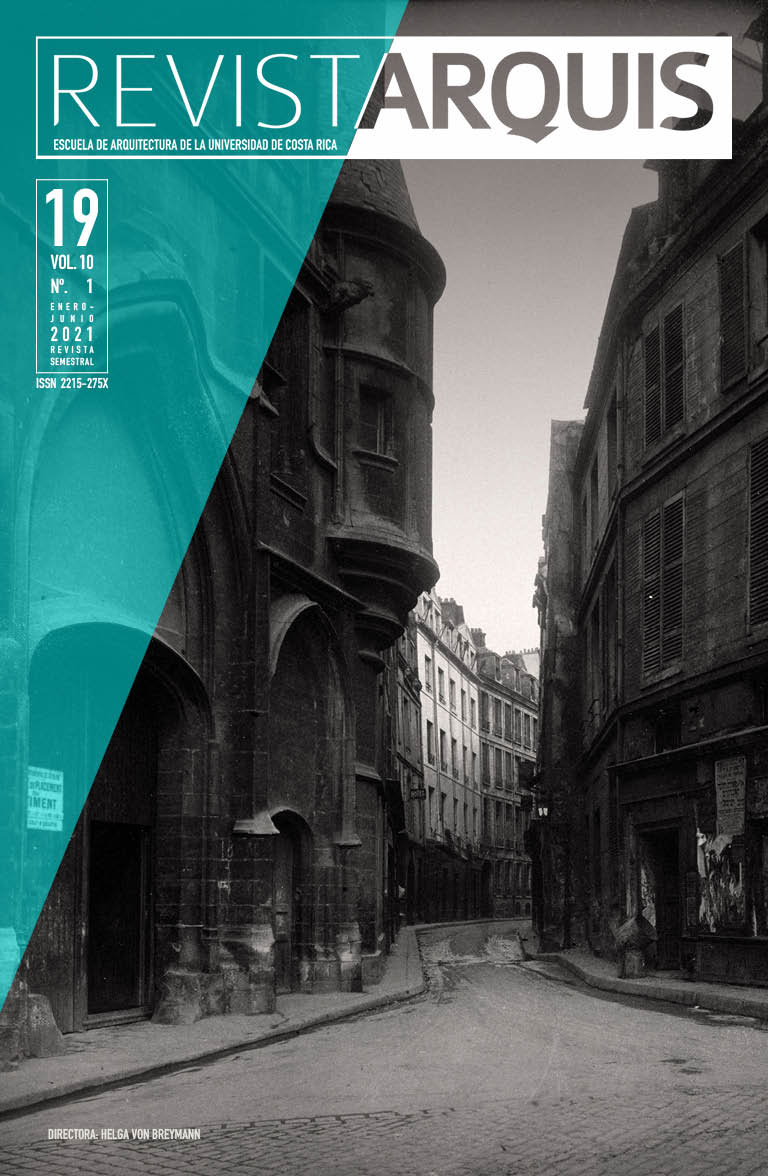Abstract
The transition between the 20th century and the 21st century has brought with it a series of new and / or revisited concerns, reflections and revolutions that have paved the way for a collective transformation on the way we understand and intervene in the spaces we inhabit. One of the most successful proposals as a model for the understanding and intervention of cities has been the Smart Cities, due to its rapid diffusion and acceptance in different cities of the world. However, its application has raised various questions and reflections between different areas, which has led to an evolution of some of its bets and to an integration with the Smart Territories model, which seeks to transcend the limitations of the concept of city and the restrictions of the idea of intelligence implicitly associated with the technological. However, there is still no consensus on its definition or the best methodological strategy for its implementation, therefore, recognizing how this process of evolution has occurred, what are the differences and similarities in both models, and what are the implications of a hybrid model, it becomes the main interest that develops the present text.


